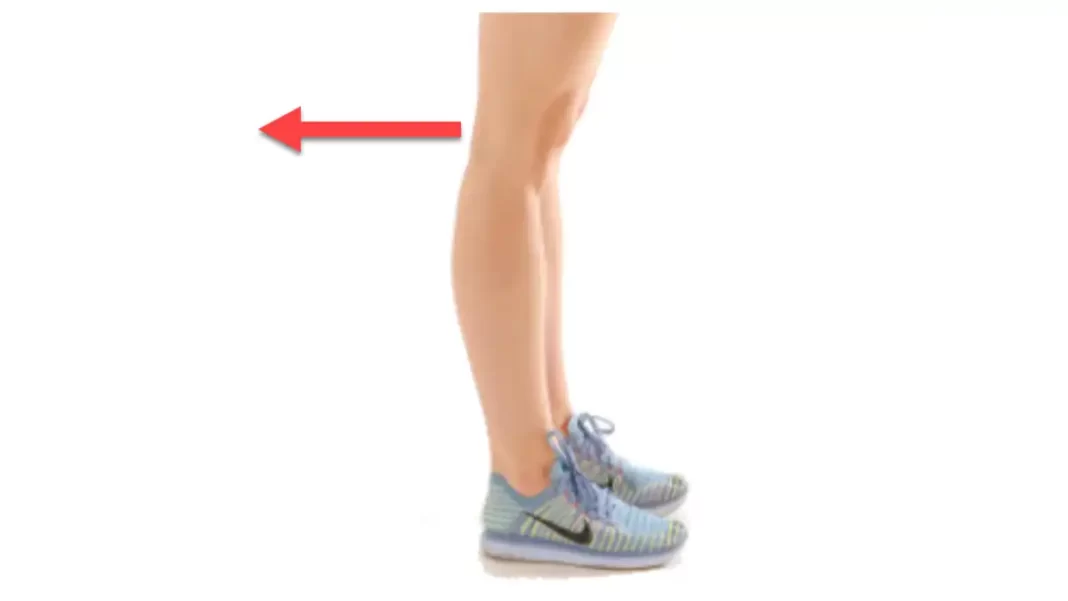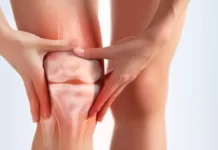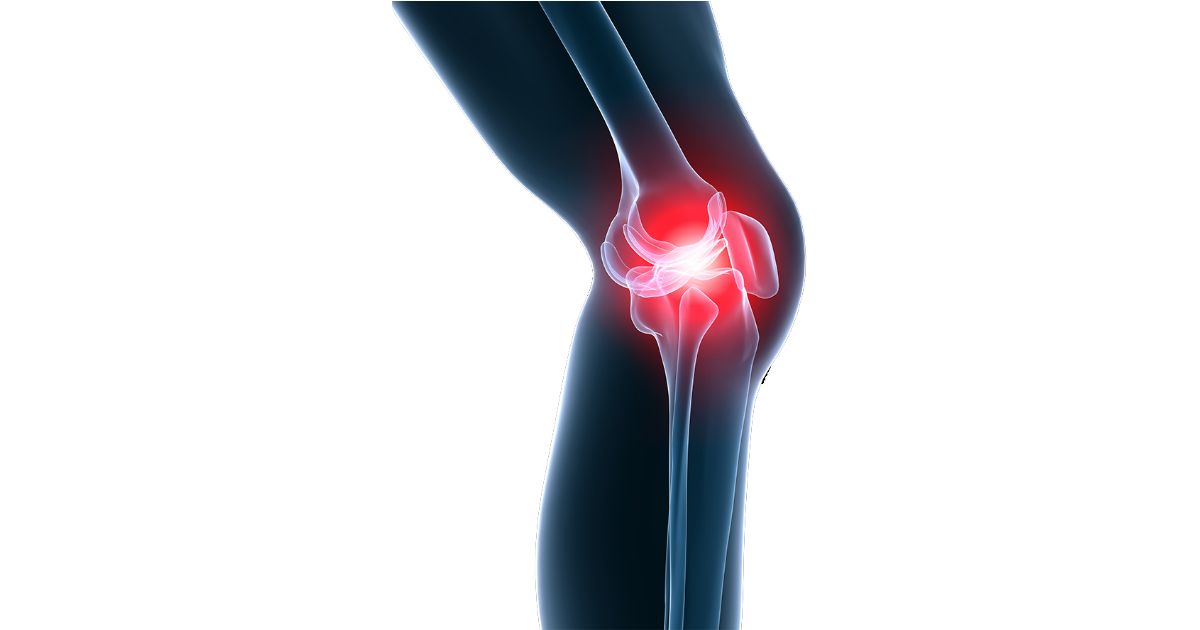Introduction
Knee hyperextension injuries are not matters to be taken lightly. While mild hyperextension may seem like a small inconvenience, the discomfort and pain it causes can significantly disrupt daily life. Even more concerning, however, is the potential for serious harm that can occur if such an injury is not properly treated.
When the knee experiences hyperextension, it essentially means that it has been pushed beyond its normal range of motion, usually in the opposite direction of its usual flexion. This can occur due to a sudden force or impact, causing the knee to reverse bend. The consequences may vary depending on the severity of the hyperextension.
In milder cases, rest and time are often the best remedies. Allowing the knee to rest for a period of 2 to 4 weeks can give it an opportunity to heal naturally. During this time, it is crucial to avoid putting undue stress on the knee and to refrain from activities that could aggravate the injury. This may mean taking a break from certain sports or exercises until the knee is fully recovered.
However, when hyperextension is more severe, the implications can be much more serious. A primary concern is damage to the ligaments that help stabilize the knee joint, such as the anterior cruciate ligament (ACL) or posterior cruciate ligament (PCL). These ligaments play a crucial role in maintaining the integrity of the knee, and if they are torn or damaged, it can lead to long-term problems with stability and mobility.
Imagine a scenario where an anchored leg becomes stuck, and the force of impact causes the knee to hyperextend. In such cases, the tibia, or shin bone, may move forward in relation to the femur, the thigh bone. This movement can put immense strain on the knee ligaments, potentially leading to tears or other damage.
The anterior cruciate ligament, in particular, is vulnerable to injury when hyperextended. As the tibia moves forward, it can cause an ACL tear, leading to instability of the knee joint. If left untreated, this instability can persist and even worsen over time, increasing the risk of further injury and compromising overall knee function.
This is why it is essential to take hyperextension injuries seriously and seek appropriate medical attention when necessary. A thorough assessment by a healthcare professional, such as an osteopath, can help determine the extent of the injury and guide the most effective treatment. This may involve a combination of rest, physical therapy, and possibly surgery, depending on the severity of the damage.

Causes of knee hyperextension injuries
Knee hyperextension injuries can have a variety of causes, ranging from sports activities to home accidents to trauma related to road traffic accidents. Understanding these causes is crucial to preventing such injuries and taking necessary steps to protect the knee from situations that could lead to hyperextension. Here are some of the main causes of a knee hyperextension injury:
List of causes
- Sports Activities : Sports that involve sudden movements, rapid changes of direction, and impact can increase the risk of knee hyperextension injuries. Sports such as football, basketball, volleyball, skiing and tennis carry increased risk due to the dynamic and often intense nature of the movements involved.
- Poor technique : Poor technique when performing sports movements or physical activities can increase the risk of hyperextension of the knee. For example, poor jumping or landing technique during a basketball game can lead to hyperextension if the knee is positioned incorrectly or the force is distributed incorrectly.
- Muscle weakness or muscle imbalance : Muscle imbalances between the quadriceps muscles and hamstring muscles, as well as general weakness of the knee stabilizer muscles, can make the joint more vulnerable to hyperextension injuries. Weak or tired muscles may not be able to effectively support the knee during strenuous physical activities.
- Anatomical factors : Some people may have anatomical factors that increase their predisposition to knee hyperextension injuries. For example, excessive ligament laxity or a specific bone structure can make the joint more unstable and more prone to injury when subjected to external forces.
- Falls or Accidents : Direct falls on the knee, collisions with objects, or accidents involving direct impact on the knee joint can lead to hyperextension. Car accidents, falls while playing sports or recreational activities, and household accidents can all cause this type of injury.
- Overuse or Fatigue : Excessive or repeated use of the knee without adequate recovery periods can lead to muscle fatigue and a decreased ability of the muscles to stabilize the joint. This can increase the risk of hyperextension during physical activities, even those that are not necessarily considered high risk.
- Unstable Terrain : Walking, running, or performing physical activities on uneven or unstable terrain can increase the risk of knee hyperextension due to lack of stability under the foot.
- Wearing improper shoes : Sports shoes that fit poorly, are worn, or are inappropriate for the activity being performed can alter the biomechanics of the foot and knee, increasing the risk of injuries, including hyperextension.
- Physical or mental fatigue : Physical or mental fatigue can lead to decreased concentration and coordination, which can increase the risk of accidents or careless movements that can lead to hyperextension of the knee.
- Sports equipment defects : The use of faulty or inappropriate sports equipment, such as poorly fitted tennis rackets or incorrectly sized bicycles, can compromise the stability and safety of movement, increasing the risk of injury.
- Lack of warm-up or stretching : Failing to warm up properly before strenuous physical activity or not practicing appropriate stretching after exercise can lead to decreased muscle flexibility and increase the risk of injury, including injury. hyperextension of the knee.
- Adverse Weather Conditions : Weather conditions such as rain, snow or ice can make playing surfaces slippery, increasing the risk of slips and falls that can cause knee hyperextension.
- Overweight : Excess weight can put additional strain on joints, including the knee, increasing the risk of injury, especially during activities that involve significant impact or stress on the joint.
- Pre-existing medical conditions : Certain medical conditions, such as arthritis, ligamentous hyperlaxity, or congenital anatomic abnormalities, may increase susceptibility to knee hyperextension injuries.
- Poor posture : Poor posture during daily activities or physical exercise can increase stress on the knee joints, increasing the risk of hyperextension and other types of injuries.
- Emotional stress : Emotional stress can lead to increased muscle tension and decreased body awareness, which can increase the risk of awkward or careless movements that can lead to injury, including hyperextension of the knee.
- Excessive training : A sudden or excessive increase in training intensity or duration can overload knee structures and increase the risk of hyperextension, particularly if the body has not had time to adapt gradually to the load.
- Previous injuries : Previous injuries to the knee, such as previous sprains or ligament tears, can weaken the joint and increase the risk of recurring injuries, including hyperextension.
- Poor diet : An unbalanced diet or diet lacking essential nutrients can weaken knee muscles and structures, increasing the risk of injuries, including hyperextension.
- Physical or emotional stress : Prolonged physical or emotional stress can increase muscle tension and make joints more vulnerable to injury, including knee hyperextension.
- Advanced age : Aging can lead to decreased flexibility and strength of muscles and connective tissues, increasing the risk of injuries, including knee hyperextension.
- Lack of rest and recovery : Insufficient rest between workouts or physical activities can lead to muscle fatigue and a reduction in the body’s ability to absorb shock, increasing the risk of injury.
- Ignoring pain or warning signals : Ignoring pain or the body’s warning signals can lead to overuse of the knee joint, increasing the risk of injuries, including hyperextension.
- Work Environment : Work activities or working conditions that require repetitive movements or uncomfortable positions may increase the risk of knee hyperextension injuries.
- Lack of flexibility : Poor muscle flexibility or limited joint mobility can increase the risk of knee hyperextension during sudden or unexpected movements.
- Lack of supervision or professional advice : Engaging in physical activities or sports without adequate supervision or professional advice can increase the risk of injuries, including knee hyperextension, due to incorrect technique or excessive overload.
Consequence of a hyperextension injury to the knee

A knee hyperextension injury can lead to a variety of consequences, affecting a person’s health and lifestyle significantly. From the moment of the incident, pain and discomfort can be immediate, disrupting daily activities and limiting the ability to move normally. The inflammation and swelling that often accompanies this injury can make the situation worse by further restricting knee mobility. Simple movements like walking, climbing stairs, or even sitting can become painful and difficult to perform.
In addition to physical pain, joint instability is a common consequence of hyperextension injury. The ligaments that stabilize the knee can become damaged, leading to a feeling of weakness and vulnerability in the joint. This instability can make the knee more prone to unexpected movements or falls, increasing the risk of additional injury and prolonging the recovery process.
As the injury progresses over time, muscle atrophy can also become a problem. Lack of activity due to pain and discomfort can lead to decreased muscle strength around the knee, further worsening joint stability and mobility. This muscle atrophy can prolong the recovery period and make it more difficult to return to normal activities.
Psychologically, a hyperextension injury can have a considerable impact. Chronic pain, limitation of activities, and uncertainty about recovery can lead to feelings of frustration, depression, and anxiety. Loss of mobility and impaired quality of life can affect a person’s emotional well-being, influencing their self-confidence and self-esteem.
List of consequences
- Acute or chronic pain in the knee area.
- Inflammation and swelling around the joint.
- Limitation of mobility, making it difficult to fully flex or extend the knee.
- Joint instability, increasing the risk of falls or recurrent injuries.
- Muscle atrophy due to lack of physical activity.
- Alteration of posture and gait to compensate for pain or instability.
- Reduced muscle strength around the knee.
- Impact on participation in daily, sporting or recreational activities.
- Psychological repercussions such as frustration, depression or anxiety.
- Increased risk of long-term complications, including osteoarthritis.
- Decreased overall knee stability, affecting the ability to maintain a stable standing position.
- Loss of flexibility in the knee joint, limiting the ability to fully flex or extend the leg.
- Increased sensitivity in the knee area, making daily activities uncomfortable.
- Reduced quality of life due to functional limitations imposed by the injury.
- Difficulty sitting down or getting up from a sitting position due to knee pain or stiffness.
- Increased risk of developing musculoskeletal disorders in other parts of the body due to changes in gait or posture.
- Need to use assistive devices such as crutches to relieve weight on the injured knee.
- Disturbance of sleep due to discomfort or pain experienced during the night.
- Reduced participation in social and recreational activities due to pain or inability to move comfortably.
- Impact on performance at work or school due to physical limitations imposed by the injury.
- Increased risk of developing circulatory or lymphatic disorders in the affected leg due to prolonged immobility.
- Increased recovery time needed to return to a normal level of physical activity after the injury.
- Reduced mental health-related quality of life due to stress, anxiety, or depression associated with the injury.
- Loss of self-confidence due to uncertainty about full recovery and resumption of normal activities.
- Need to resort to medical interventions such as surgery or intensive rehabilitation to treat the injury and restore knee function.
- Financial repercussions due to medical expenses, sick leave and possible professional adjustments necessary during recovery.
- Modification of lifestyle habits, including adaptation of the home environment to facilitate mobility and safety.
- Increased risk of developing complications such as scar adhesions or muscle contractures if the injury is not properly treated.
- Need to complete a long-term rehabilitation program to restore knee strength, flexibility and functionality.
- Impact on interpersonal relationships due to physical limitations and behavioral changes associated with the injury.
Therapeutic approach
- Rest
- Stop the activity that caused the injury
- Take a break from any high-intensity or high-impact activities and avoid contact sports.
- Ice
- Applying ice to the affected knee for 15 minutes several times a day.
- Ice can help reduce swelling and manage pain.
- Always place a piece of cloth or towel between the ice and your skin to prevent skin irritation.
- Compression
- Compressing the knee with a compression wrap or elastic bandage can help manage swelling and reduce pain.
- Elevation
- Try to raise your leg above your heart level.
- Lie in bed with your leg on a pillow or while relaxing in a recliner.
Wear a knee support























